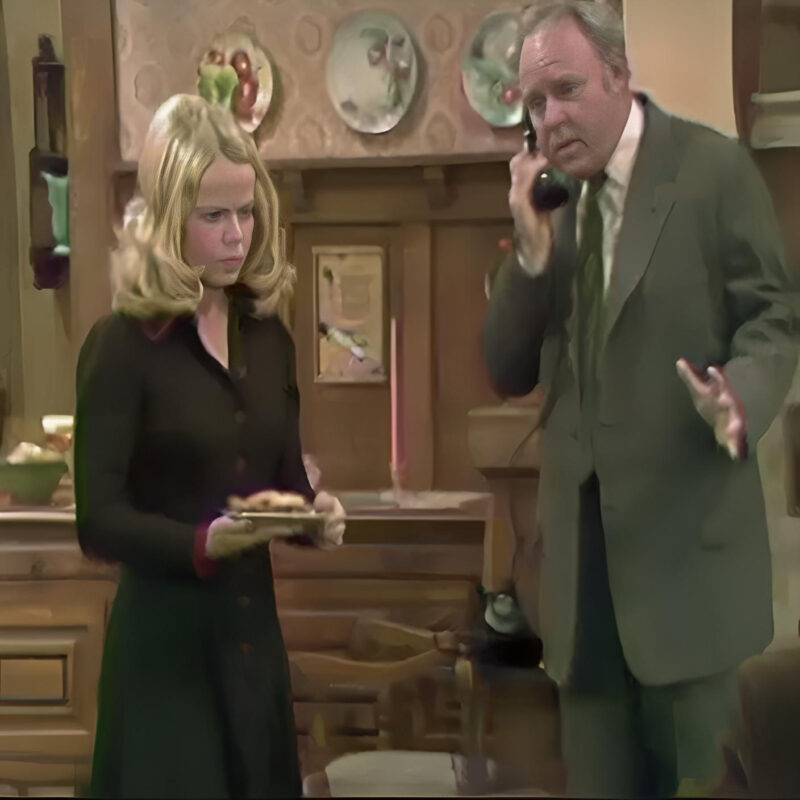
Acclaimed novelist and essayist Zadie Smith has offered a thoughtful critique of the iconic television show “All in the Family,” focusing on its approach to social commentary. While the show has been praised for addressing controversial topics and pushing boundaries, Smith believes its methods and messaging are a mixed bag.
Smith, known for her insightful explorations of identity, culture, and societal dynamics in works like “White Teeth” and “On Beauty,” argues that “All in the Family” was a product of its time, reflecting both the strengths and limitations of 1970s America. The show, which aired from 1971 to 1979, centered around Archie Bunker, a bigoted yet somehow endearing working-class man, and used his character to explore various social issues.
“All in the Family” was groundbreaking for its willingness to tackle issues such as racism, sexism, and economic inequality head-on. However, Smith points out that the show’s satirical approach often relied on stereotypes and oversimplified narratives. “Archie Bunker was meant to be a critique of bigotry,” Smith notes. “Yet, in many ways, the humor was rooted in his offensive remarks, which could reinforce the very prejudices the show aimed to dismantle.”
One of Smith’s primary concerns is the way the show handled race relations. “All in the Family” often used Archie’s blatant racism as a source of comedy, with the intention of highlighting the absurdity of his views. However, Smith argues that this approach could backfire, as it risked normalizing the very attitudes it sought to condemn. “By laughing at Archie’s racism, audiences might have been less inclined to take the issues seriously,” she explains. “It’s a delicate balance between satire and reinforcement, and I’m not sure the show always got it right.”
Smith also critiques the portrayal of women on the show. Characters like Edith and Gloria Bunker were often depicted in ways that reinforced traditional gender roles. “Edith was the stereotypical submissive housewife, and while Gloria had more progressive views, her character’s struggles were often played for laughs rather than being given the weight they deserved,” Smith observes. “This undermines the feminist message that the show could have delivered.”
Despite these criticisms, Smith acknowledges that “All in the Family” played a significant role in opening up conversations about difficult social issues. The show’s willingness to confront topics that were often considered taboo on television was a bold move. “It sparked important discussions and made people think about their own prejudices,” she says. “In that sense, it was a pioneer.”
Smith’s analysis of “All in the Family” serves as a reminder of the complexities involved in using media as a tool for social commentary. While the show made significant strides in addressing controversial issues, its methods and execution were not without flaws. Smith’s critique highlights the importance of thoughtful and nuanced portrayals of social issues in media, calling for a careful balance between humor and sensitivity.
In today’s context, where conversations about race, gender, and inequality are more urgent than ever, Smith’s insights into “All in the Family” offer valuable lessons for creators and audiences alike. Her critique encourages a deeper examination of how television shows and other forms of media can effectively contribute to meaningful social change without perpetuating harmful stereotypes.
